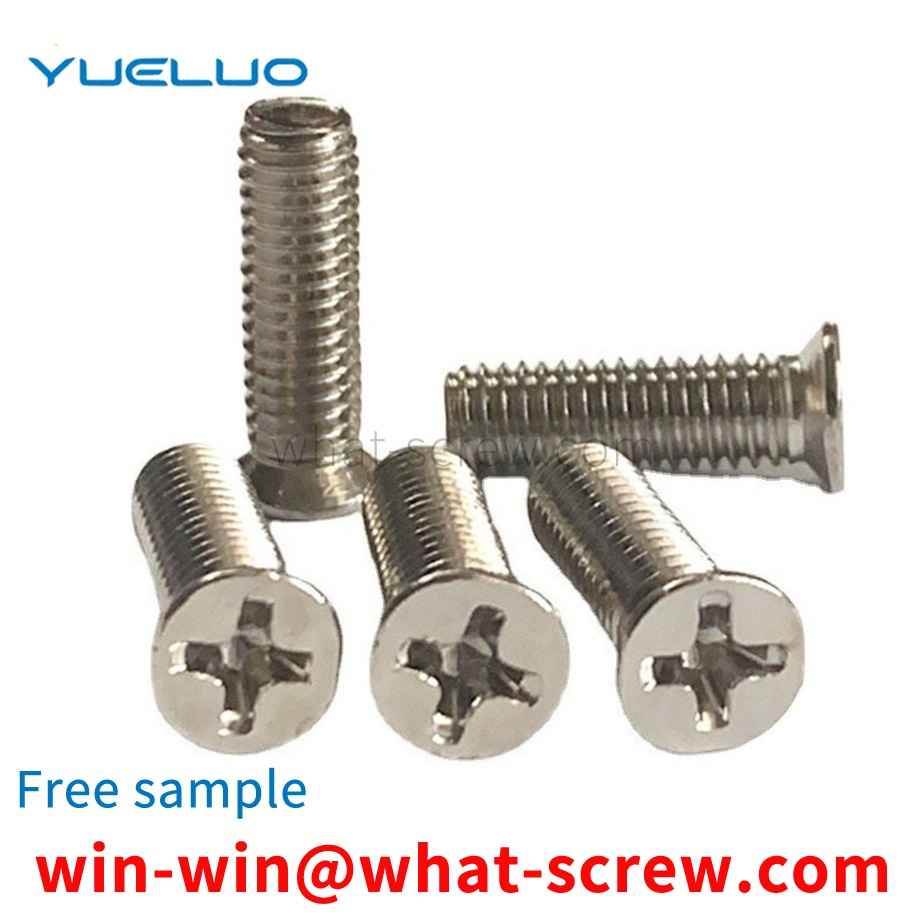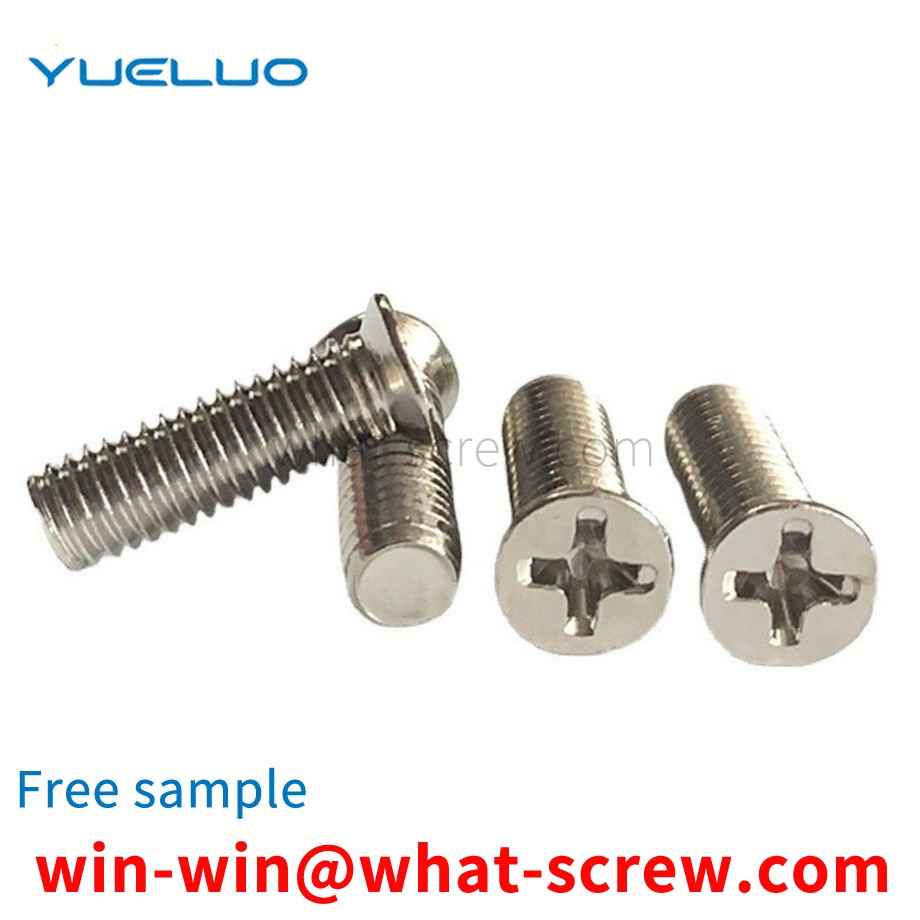Usually, the car wheel is fixed on the axle sleeve with positioning pins and pins, and the tire hub and the sleeve are fastened on the axle with locking nuts, lock washers, and adjusting nuts. This structure can operate normally within a certain period of time when the vehicle speed is low and the vibration is small. However, when the car runs for a long time, especially when the road surface is uneven and the load changes sharply, the axle sleeve bears a great impact. Once the shear force generated is too large, the pin will break, and the nut will be loosened. Affected, the wheel and hub will be loose. If the maintenance is not timely, or the driver is inexperienced, the car will have an accident in which the tire falls off with the wheel hub. This is extremely dangerous. So people are looking for ways to prevent wheels and hubs from falling off
The commonly used tools for fixing screws on the surface of the workpiece are electric screwdrivers and manual screwdrivers. Both of these screwdrivers manually attach the screws to the bits of the electric screwdriver or manual screwdriver, and then fix the screws on the surface of the workpiece. The screwdriver is inefficient in fixing the screw, and cannot accurately locate the screw fixing point.
The main part of the pin screw is an ordinary screw, and the pin can be arranged in the melting section of the screw or the drop groove of the metering section or the smooth cylindrical surface without screw grooves at the end of the metering section. The pins are arranged in a certain arrangement, with varying degrees of density and quantity. Cylindrical pins are formed by fitting the pins into the holes of the threaded rod; square or diamond-shaped pins are formed by milling directly on the threaded rod. If these pins are set in the melting zone, the pins can break up the solid bed, destroy the two-phase flow, stir the solid and liquid phases together, increase the contact area between the undissolved solid phase fragments and the contained material, and promote molten. If the pin is set in the melt conveying area, its main function is to divide the material flow, increase the interface, change the direction of the material flow, and rearrange the flow beam. Divide and merge multiple times, change the flow direction, and homogenize the melt composition and temperature. The mixing section is an inwardly slotted structure arranged at the end of the common screw homogenizing section, and its outer diameter is equal to the outer diameter of the screw. The grooves are divided into several groups, and each group is the confluence area of the material. The materials are divided by grooves, meet in the confluence area, and then divide and confluence. The principle is similar to the pin type. The characteristic of the separate screw is that in addition to the original screw thread (called the main screw) on the melting section, there is also an additional thread (called an additional thread) whose outer diameter is slightly smaller than the outer diameter of the main thread, and the main and auxiliary threads are With different leads, the secondary thread starts from the end of the feeding section (and connects with the feeding section here), and after several threads, gradually intersects the main thread of the homogenizing section. The screw groove depth and thread lead of this kind of screw change gradually from the beginning of the feeding section to the end of the homogenization, that is, the thread lead gradually narrows from the width, and the groove depth gradually becomes shallower from the depth, which can maximize the compression of the material.
shaft retaining ring installation tool and an installation method thereof relate to an assembly tool and an installation method thereof, comprising a pressing cylinder and a taper sleeve. The maximum diameter of the tapered end is slightly smaller than the inner diameter of the circular straight hole of the pressing cylinder, and the lower end of the tapered sleeve has a positioning structure matched with the shaft of the shaft retaining ring to be installed. The method includes the following: place the taper sleeve on one end of the shaft where the shaft retaining ring is to be installed and position it well, then place the shaft retaining ring on the tapered end of the taper sleeve, and finally press down the pressure cylinder to make the shaft Use the retaining ring to slide down the conical surface of the taper sleeve to the shaft to be installed with the retaining ring for the shaft, and finally get stuck in the groove of the shaft. Yueluo does not need to open the retaining ring for the shaft, which reduces the operation force and labor intensity. The operation method is simple, the structure is simple and reliable, the cost is low, and it is easy to popularize and use.
Currently, a screw generally includes a shank body, a threaded portion formed on the outer edge of the shank body, and a conical head formed at the rear end of the shank body. When the current thread is in use, since the thread part is cylindrical, the thread part and the workpiece are vertical, so it is relatively laborious when in use, and it is difficult to locate, lock and unlock.
We have many years of experience in the production and sales of screws, nuts, flat washers, etc. The main products are: elevator connection nuts, carbon steel non-standard square nuts, round isolation columns, open and closed turnbuckles and other products, we can provide you with The right fastener solution for you.



















 Service Hotline
Service Hotline




